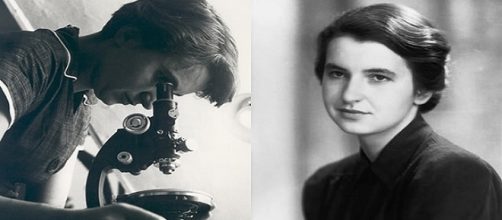With gender inequality dominating the energy sector at the highest leveland even in 2017 there is rampant sexism against women. They are far greater than man has been and will ever become. Due to living in a male dominated society since the dawn of humanity, with men shaping rules and laws. It took the suffragette and suffragist movements to win the vote for women in 1918, in terms of time, that is not long ago.
Women’s achievements are far greater because they have facing a struggle from the moment they are born. They have an image to maintain and society tells them they must act in an appropriate manner and look a certain way.
But this focus is on women in Science and Innovation.
Caroline Herschel (1750 – 1848)
It would be obvious to start with Marie Curie but her discoveries are well-documented. Little is said about Caroline Herschel, who was an astronomer. She was brought by her brother, William, from Germany in 1772 to run his household and often followed her brother’s careers. This includes when he decided to become an astronomer and as she had done previously followed suit.
She became an astounding astronomer in her own right by discovering new nebulae and star clusters, she became the first woman to discover a comet and have her work published by the Royal Society. After her brother died, she retired to her native Hanover, Germany, where she continued to work and increased the number of known star clusters from 100 to 2,500.
She received many honours in her field including a gold medal from the Royal Astronomical Society.
Lise Meitner (1878 – 1968)
After Meitner finished school in Austria, aged 14, she was barred from attending higher education (as were all girls). But she developed a keen interest in radioactivity. When she turned 21, women were finally allowed to attend university where she studied maths and physics, earning her doctorate in 1906. After which she made her way to Germany to collaborate with Otto Hahn studying radioactive elements.
She was an Austrian Jewish Woman, which meant she was excluded from the main labs and lectures, allowed to only work in the basement. After Hahn and Meitner moved to a different university for better facilities, the pair were split up after she was forced to flee Nazi Germany in 1938.
The pair continued to work together, however, she was working in Sweden. After Hahn discovered that uranium atoms were split when bombarded with neutrons, it was her calculations of the energy released in the reaction, naming it ‘nuclear fission’, the discovery that led to the atomic bomb.
Rosalind Franklin (1920 – 1958)
Franklin attended one of the few girl’s schools in London that taught physics and chemistry and after long fight with her father, who rejected the idea of her becoming a scientist, eventually he relented and she enrolled at Cambridge University, earning a doctorate in physical chemistry. Whilst in Paris she learned x-ray crystallography techniques and returned to England in 1951 to work for John Randall at Kings College, London.
During her time at Kings College, she made x-ray images of DNA structures and it was this work that led to the discovery of the double helix structure. She had almost figured out the molecule’s structure herself but when colleague, Maurice Wilkins, showed one of her x-rays to James Watson, he quickly worked out the double helix and with Frances Crick published the findings. They went on to win a Nobel Prize in 1962 on the back of Franklin’s work, who died in 1958 of ovarian cancer.
Women throughout history
Throughout history there is a reoccurring theme for successful women and that is a battle against their male counterparts and the law itself. Whether it was their fathers or totalitarianism, there battle wasn’t just with themselves and learning but with society itself. Often being whitewashed from history, the women above are to name but a few of the lesser known names.

